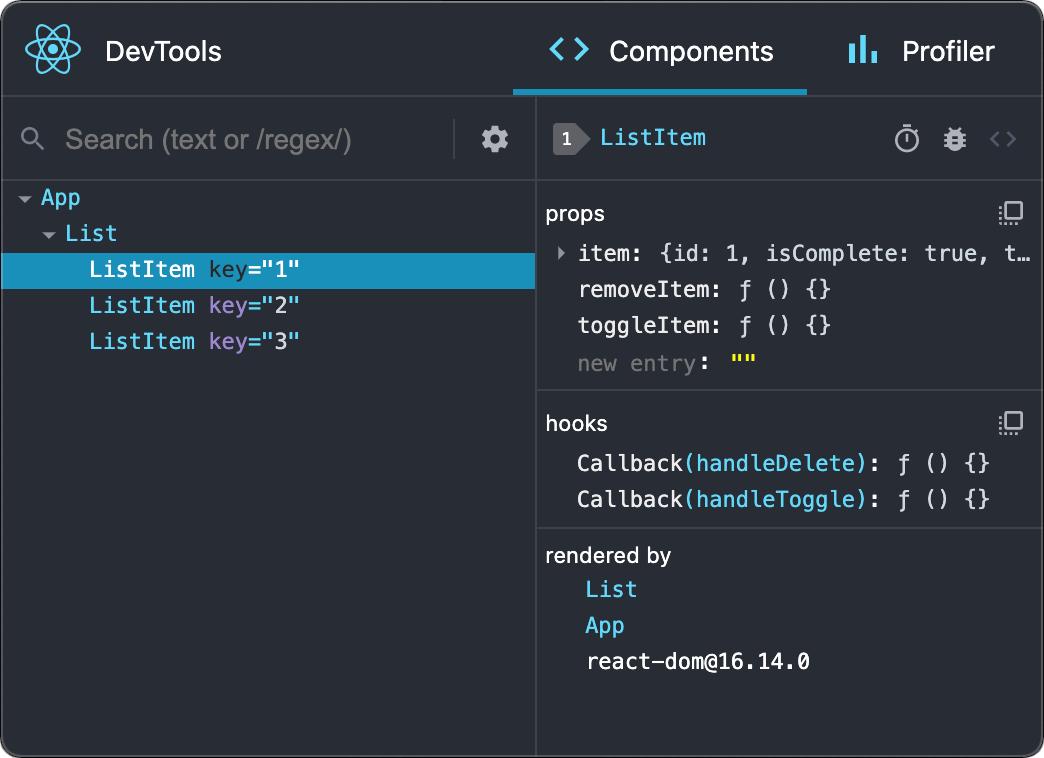Rise by Six: Your Daily Dose of Inspiration
Explore insights and stories that elevate your day.
React: The Drama Behind the Components
Uncover the hidden drama in React components! Dive in to discover secrets that every developer should know. Click to reveal the truth!
Understanding Component Lifecycle: The Drama of React's Rendering Process
In the world of React, understanding the component lifecycle is crucial for optimizing your application's performance. The lifecycle can be divided into three main phases: Mounting, Updating, and Unmounting. During the Mounting phase, React creates a component and inserts it into the DOM, which involves methods such as constructor, render, and componentDidMount. Each of these methods offers developers a chance to interact with the component as it is added to the page, setting up initial state and initializing any necessary resources.
Once a component has been mounted, it enters the Updating phase, triggered by changes in state or props. During this phase, React performs various checks and may call methods like shouldComponentUpdate, render, and componentDidUpdate. This is where the drama unfolds as components can re-render, optimize rendering processes, or even prevent updates altogether. Finally, when a component is no longer needed, it enters the Unmounting phase, during which componentWillUnmount is called to allow cleanup, ensuring that memory leaks and other potential issues are avoided. Understanding this lifecycle not only enhances your ability to build efficient components but also significantly improves the user experience.

State Management Showdown: Hooks vs Class Components in React
When it comes to state management in React, developers often find themselves in a heated debate over the merits of Hooks versus Class Components. Hooks, introduced in React 16.8, offer a more functional approach, allowing developers to manage state and side effects in a cleaner and more intuitive manner. On the other hand, Class Components, which have been a staple of React since its inception, rely on lifecycle methods and the traditional state management approach. The choice between these two paradigms can have a significant impact on the readability and maintainability of your codebase.
One of the main advantages of using Hooks is their ability to simplify component logic, making it easier to share stateful logic between components without needing to create complex hierarchies. With custom Hooks, developers can encapsulate and reuse stateful logic across multiple components efficiently. Conversely, Class Components can become cumbersome as the complexity of the state and lifecycle management grows, often leading to what is known as 'wrapper hell.' Ultimately, whether you lean towards Hooks or Class Components hinges on your project requirements and personal preferences, but understanding the strengths and weaknesses of each approach is crucial for effective state management in React.
Why React Components Fail: Common Pitfalls and How to Avoid Them
React components are incredibly powerful tools for building user interfaces, but they can often fall short of expectations due to a variety of common pitfalls. One major issue is the improper management of state and props. When developers fail to use state effectively, components can become unresponsive or difficult to maintain. Additionally, passing props incorrectly can lead to confusing bugs and a poor user experience. To avoid these issues, it is crucial to follow best practices, such as lifting state up when necessary and using proper prop types to ensure that each component receives the correct data.
Another frequent downfall of React components is the reliance on component lifecycle methods without understanding their full implications. Misusing methods like componentDidMount or shouldComponentUpdate can result in performance bottlenecks and memory leaks. It is important for developers to familiarize themselves with React's lifecycle and to consider using hooks, which can provide a more straightforward approach to managing component state and side effects. By recognizing these pitfalls and applying the right strategies, developers can enhance the performance and scalability of their React applications.